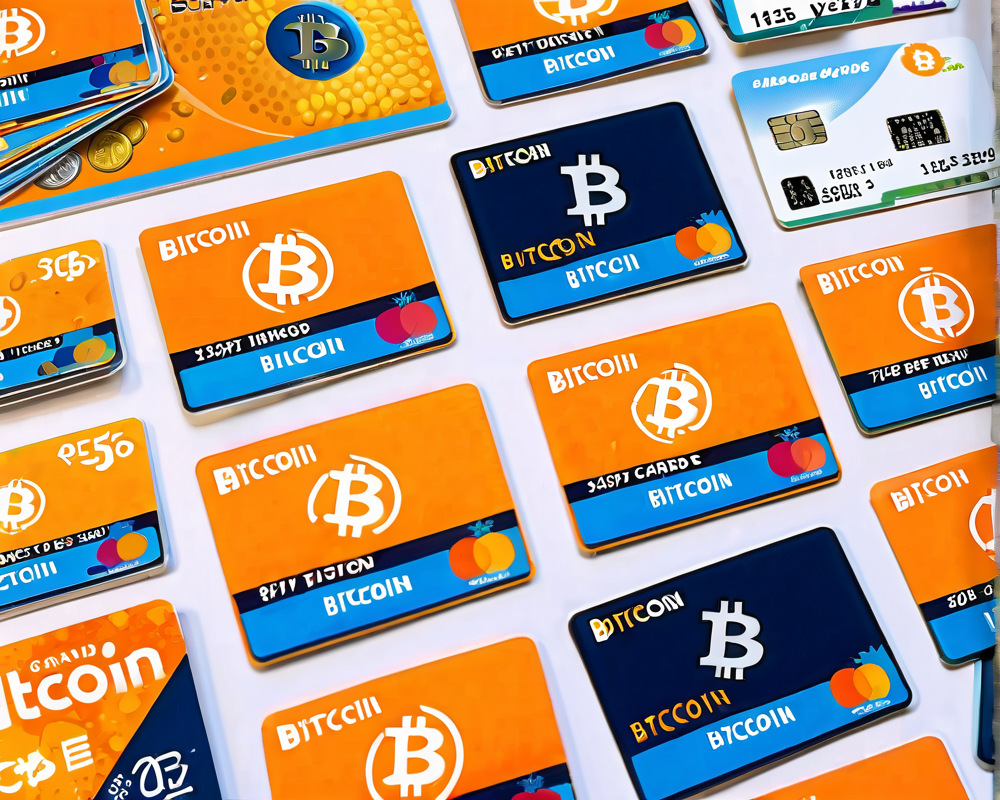A Brief History of Bitcoin Debit Cards
Bitcoin debit cards, as we know them today, are akin to new kids on the block—except they can buy you coffee. The journey began back in 2014 with Xapo, the pioneering company that released the first Bitcoin debit card, sparking a wave of innovation. Fast forward to today, and we have over 20 companies offering various Bitcoin debit card solutions, embracing users from all corners of the globe.
Early Innovators: Spectro Finance
While Xapo was busy making headlines, UK-based Spectro Finance had ideas bubbling as early as 2013. Although their initial focus wasn’t solely on the debit card, the introduction of SpectroCoin and SpectroCard laid the groundwork. SpectroCoin’s debit card, launched in 2015, has since flourished, allowing cardholders to spend their Bitcoin—and other currencies—virtually anywhere Visa and Mastercard are accepted.
The Appeal of Instant Funding
One of the standout features of SpectroCoin’s debit card is the instant funding option. For users who don’t want to play the Bitcoin exchange game beforehand, this is a serious win. After all, no one wants to go searching for a crypto ATM only to realize they need to spend half an hour swapping coins and waiting for confirmations.
The Privacy Paradox
Despite Bitcoin’s rebellious reputation for providing anonymity, the debit card realm presents quite the opposite scenario. As Anni Rautio, Head of Xapo Debit Card, notes, “anonymity is not 100% possible” when you’re linked to big players like Visa or Mastercard. You’ll need to provide some form of identification, and for many, this feels like giving away your WiFi password at a coffee shop—it just doesn’t sit right.
Keeping It Under $2500
Interestingly, SpectroCoin offers a workaround. Users can fly under the radar if their transactions stay under a $2500 threshold. However, once you want to step it up, a few ID documents and utility bills are in order. It’s like a VIP club, but without the velvet rope—or the fun part.
A Costly Affair?
Before you swipe your card in gleeful anticipation, be prepared for some sticker shock. The financial playground includes setup costs, monthly fees, and various transaction charges. Many enthusiasts end up paying an average of $15 for a physical card and $3 for a virtual one, plus other delightful fees for every ATM visit. But hey, at least you get a trendy debit card that’s more conversation starter than a bank card, right?
Competitive Pricing Attempts
- Physical Card: SpectroCoin offers at $9, way below the average.
- Loading Fees: Zero. You heard that right.
- Exchange Rates: Slightly lower than the market rate. Less drain on your Bitcoin, more tacos on your plate.
Future Growth: What Lies Ahead?
Experts are throwing around buzzwords like “high inflation” and “unstable economies,” suggesting that Bitcoin as both a currency and debit card method may gain traction in these regions. Emerging markets are seeing more involvement—and it’s not just another trend; it’s a necessity!
Innovative Solutions on the Horizon
Vytautas Karalevicius from Spectro Finance mentions potential game-changers that would allow users to link their Bitcoin wallets to debit cards directly. This could ultimately mean no more preloading the card; your Bitcoin will be exchanged on the fly. Imagine swiping your card with zero hassle, and without a thought about how many coins you’re giving up!
Conclusion: A Rocky Road Ahead
The road to Bitcoin debit card mass adoption is filled with bumps and questionable turns. However, with growing interest, flexible features, and a market evolving rapidly, it’s clear an exciting future lies ahead—whether that’s with Bitcoin debit cards or a shift toward full-fledged wallets that could eventually eclipse them.




